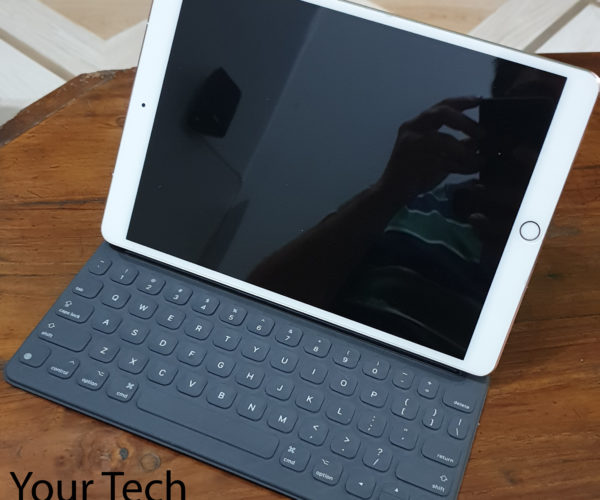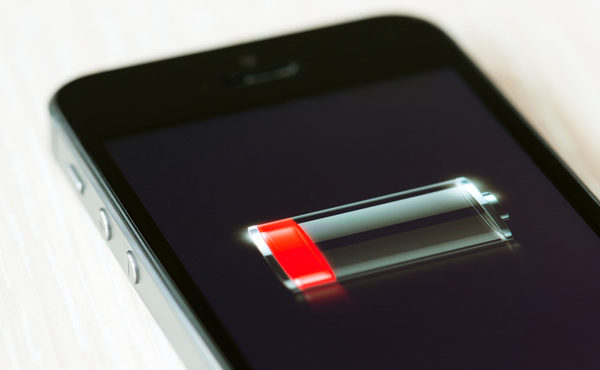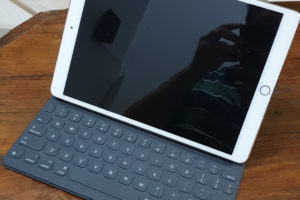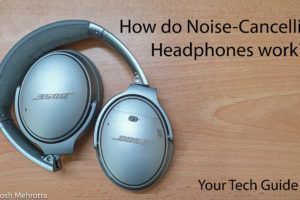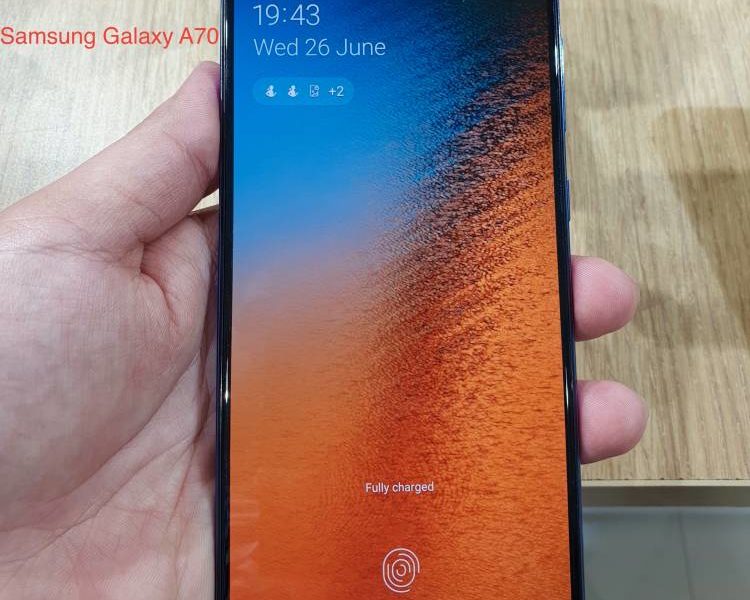The original Apple AirPods were the earpods that really started the whole true wireless earpods trend in the audio industry. They brought a new kind of portability to the already extremely portable Bluetooth headphones. Apple, in March 2019, released a new version of the AirPods, that everyone has dubbed the Apple AirPods 2. The new AirPods 2 are priced a bit above the original ones, starting at Rs. 14,900, which places them in an extremely competitive market with rivals like Samsung Galaxy Buds and Bose SoundSport Free. Let’s check them out in detail:
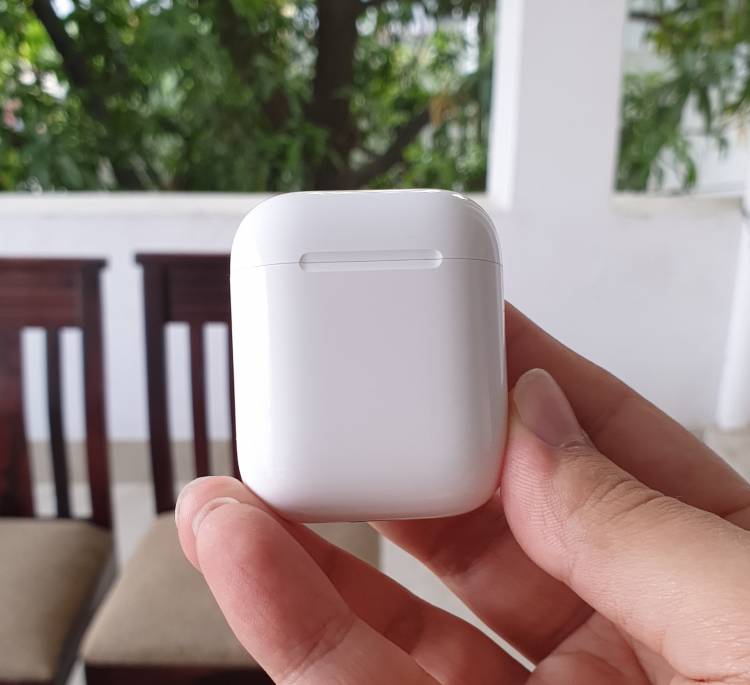
Design and Specifications
The new AirPods 2 look almost identical to the older ones, and it is very difficult to differentiate between the two from a distance. The AirPods come in two different variants: one with the normal charging case (the one we have in for review) and the other with the wireless charging case.
Talking about the case, it is made up of plastic, though it feels a lot more premium with the precision design and manufacturing. At the bottom of the case, you have the lightning port for charging, but you can also charge with a Qi supported wireless charger with the wireless charging case.
The case opens from the top, with a hinge at the back attaching the two pieces. There is also a button at the back of the case which is used for pairing the AirPods with your device. The AirPods are in their magnetic slots inside the case. They come out in a fluid motion, without any friction or pressure required. There is also a charging indicator light inside case between the two AirPods.
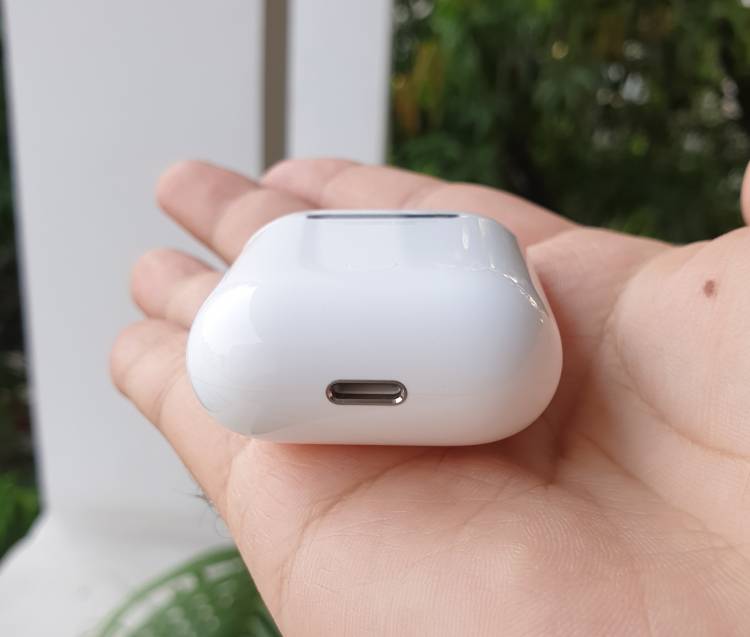
One problem that I found with the AirPods was Apple’s one-design-fits-all design scheme. Though it fits ears of most people, but there are many people (like me) which find the pair either loose or tight. That said, the pair are light enough that you won’t feel them in your ears during your long music sessions.
One major internal difference between the two generations of AirPods is that Apple used it’s new H1 chip on the AirPods 2 in place of the W1 chip it used earlier. The new chip promises better connectivity and battery life. I really found improvement when using the AirPods with the iPhone XS Max. there was seamless connectivity between the AirPods and the iPhone the second I opened the case. The new chip also allowed the AirPods to pause music as soon as you take them out of your ears, and resume when you put them back.
There was also support for hands-free Siri. You just have to say ‘Hey Siri’ out loud and Siri will be invoked on you Apple device.
To charge the case, you can use the lightning cable that comes in-the-box with your pair of AirPods. Additionally, you can also use a Qi compatible wireless charger to charge the case, if you have the wireless charging case.
For those of you with an Android device, you can use the AirPods as any standard pair of Bluetooth earphones. Though you would miss out on the fast connectivity and seamless connection that you get when using the AirPods with your iOS devices.
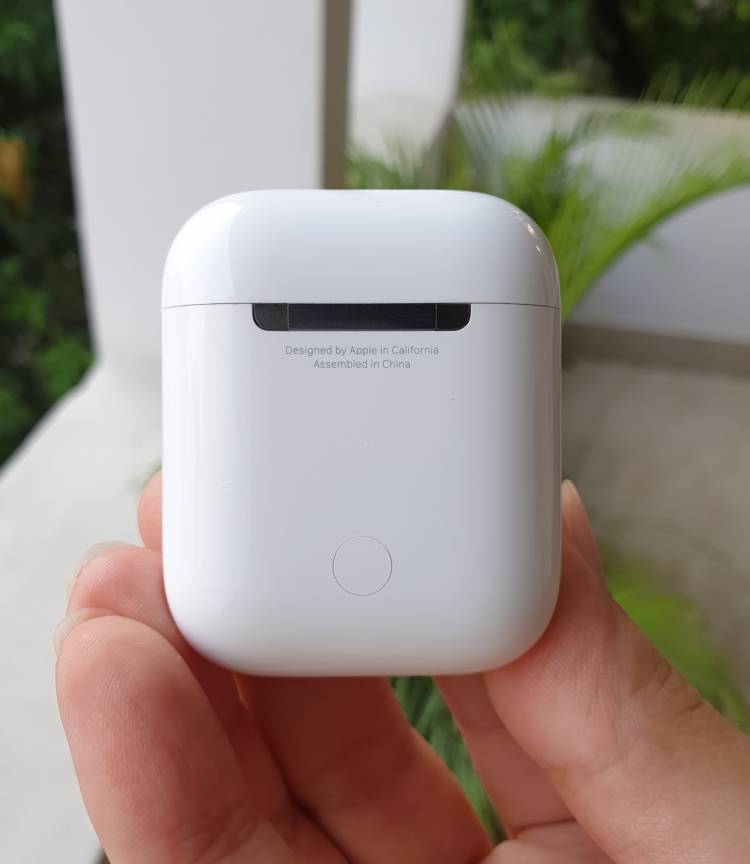
Sound and Performance
The changes with the AirPods 2 over the original seem to end with the H1 chip and a wireless charging case. The sound is almost identical to the original pair, which is not a bad thing considering that the original sounded great.
I testes the AirPods using my standard test tracks that I use for all audio products. I found that the AirPods 2 had an almost flat sound signature. The base was enough for me, but a person who likes base would be disappointed. The mid tones were good with great detail and instrument separation. All the instruments in my tracks seemed like coming from different direction, creating a concert like effect.
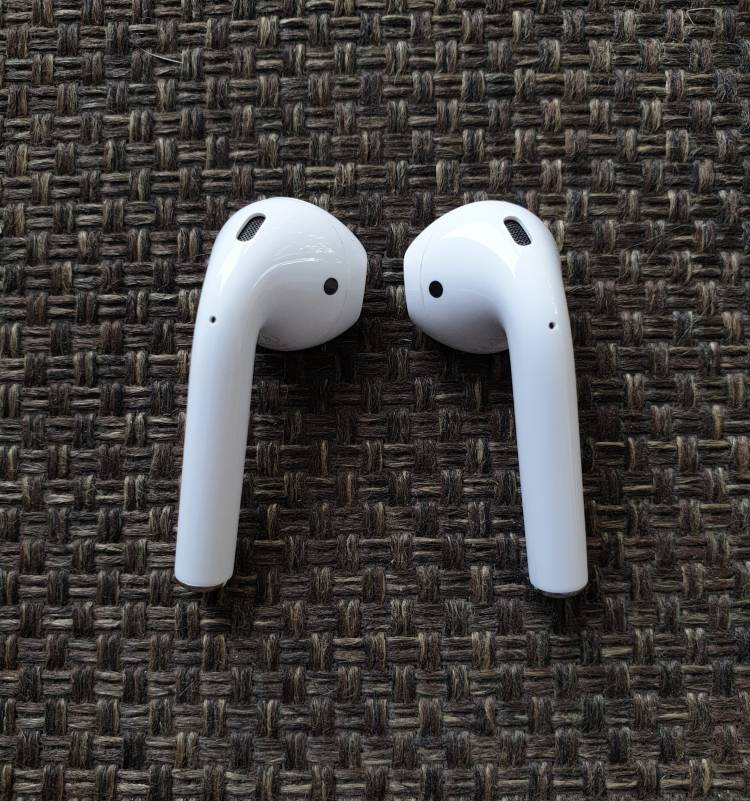
One area where the AirPods can improve is on the treble and high tones. At high volumes, the treble gets ear piercing, and my ears began to hurt after a while. Another area that needs is in the noise cancelling department. There is almost no noise cancelling or isolation, thanks to the open back design of the AirPods. You would need to play your music at high volumes if you want to block out the outside noise, though this compromises on detail and sharpness.
The AirPods sound the best when used with iOS devices, thanks to them being able to make use of the AAC Bluetooth codec. But they sounded just as good when used with Android smartphones like the Samsung Galaxy Note 9 and OnePlus 7. Here they made use of the more widely available SBC Bluetooth codec, which results in very little loss.
Verdict
The AirPods make a great case for themselves when it comes to iOS users. But at the price that they retail at, I expect better sound quality and noise isolation. The best thing about the AirPods is the convenience and speed that it brings to the table with fast and stable connectivity, hands-free Siri, and automatic play-pause, though only for iOS users.
They would be the best pair for iOS users, but for Android users, I’d suggest looking at the alternatives like Samsung Galaxy Buds.
Do share your views in the comment section below. Cheers!
Other posts
Bose QuiteComfort 35 ii – old but still gold
The Bose QuiteComfort 35 ii had one of the best designs that I’ve seen I headphones. The design looks simple, though very elegant. The headphones definitely get the Bose DNA. ...
![]()


